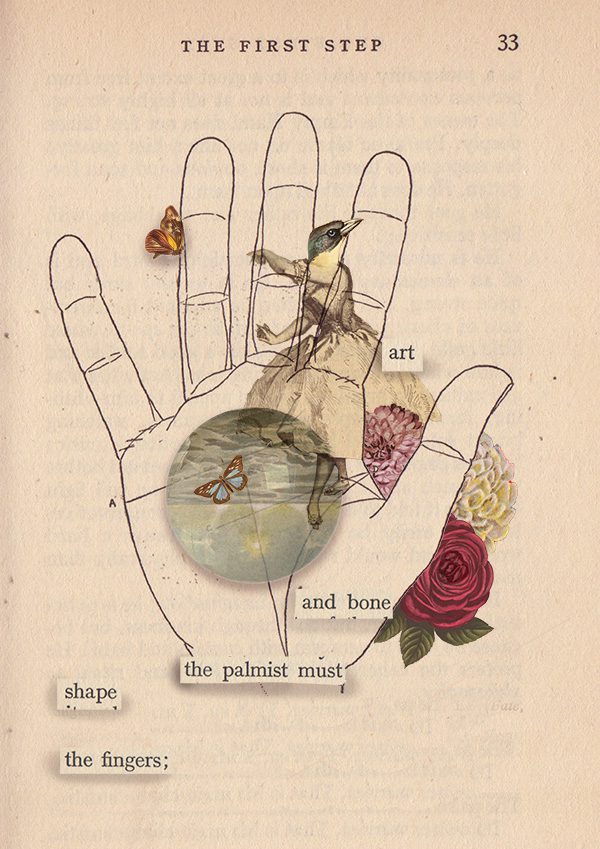It’s April, which means National Poetry Writing Month, or NaPoWriMo for short.
What is National Poetry Writing Month?
The challenge of NaPoWriMo is to write a poem a day for 30 days, and there are various lovely prompts and communities of writers working across the web ( sites like DVerse offer excellent prompts).
There are some beautiful poems out there from many poets I enjoy reading, including Sarah at Sarah Writes Poems or Jane Dougherty at Jane Dougherty Writes. Jane writes to Paul Brookes’ April Ekphrastic Challenge, which also offers excellent prompts.
I’m writing with a group of very old online poet friends – most of us touch base annually just for April, and it’s lovely to catch up with people’s news and work.
I’ve been trying to improve my knowledge of metrical poetry, the beats and patterns of poetry. And, with this in mind, I’m experimenting with ‘found sapphics’, leveraging erasure as a form to unearth poetry.
What are Sapphics?
Sapphics is an ancient Greek form used by the poet Sappho. Sappho’s poetry is beautiful, lyrical and subversive. There’s a lovely translation of her work by poet Aaron Poochigian.
Sapphics in English replaces vowel and phonic sounds with stresses, therefore bringing its own distinctive musical qualities. I’m finding lines that meet the sapphic pattern in some less radical, mid (20 and earlier texts, and re-presenting them. The image here is from ‘The Modern Palmist’ by Dennis Barry Jackson (1953). It’s an erasure poem.

You can read more about sapphics at the Academy of American Poets.